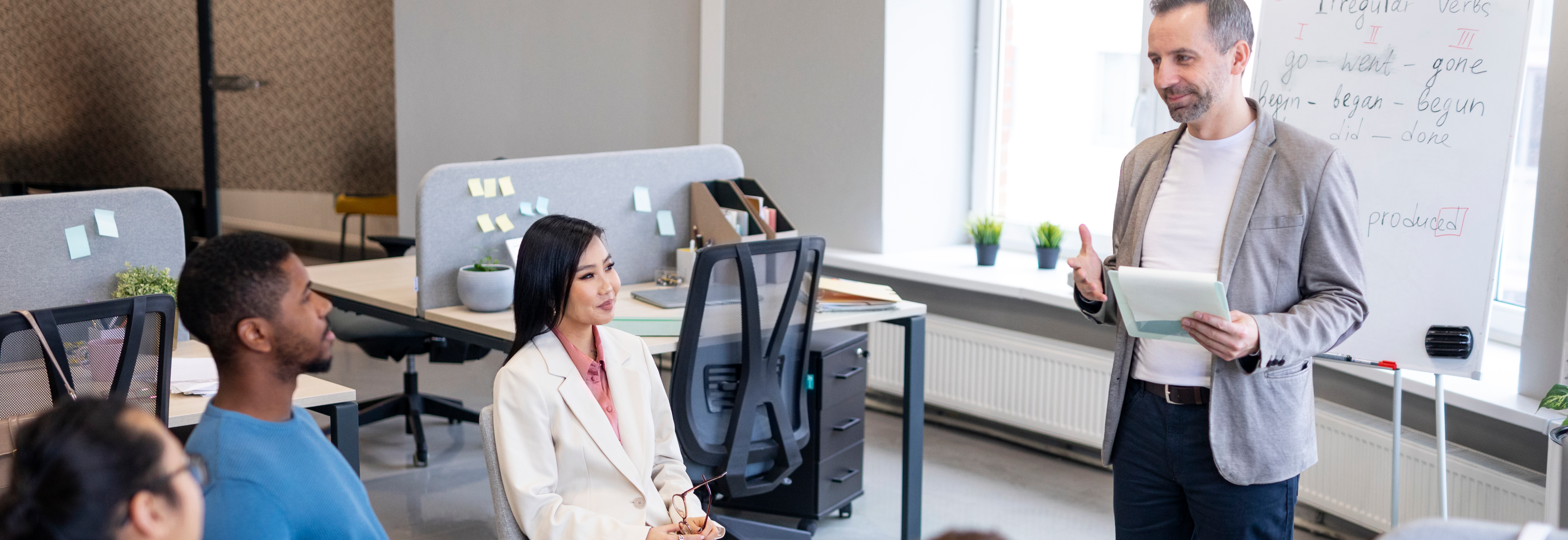Denmark is continually rated as one of the happiest nations in the world. Ever wondered why?
The concept of hygge is fairly popular amongst the Danish people. Although the word has no direct translation in English, it is commonly used to describe a feeling of comfort and contentment. When is the last time you let yourself relax and actually took a moment to enjoy life? Have you recently stopped and taken time out to watch the beautiful sunset? What about taking 10 minutes to enjoy a nice cup of chai on a rainy afternoon? Well, this is how the Danish think of hygge, and how we might think of it too.
Okay, that’s a lovely concept. But what does this have to do with workplace productivity?
Table of Contents
As we all know, the work environment plays an important role in driving a company’s success. Well, making your work environment resonate with the concept of hygge is an excellent way to improve employee happiness and satisfaction levels, leading to enhanced productivity. It also leads to a great cross-pollination of ideas and more frequent innovation.
Furthermore, 92 per cent of employees claim their workplace is stressful, and high stress leads to increased sick days and decreased productivity. A strong company environment backed by the hygge culture greatly reduces this possibility. It fosters better relationships and helps attract and retain good employees. For these reasons and more, the culture of hygge at work is highly recommended for overall satisfaction and better results.
Makes sense! But how do we incorporate the hygge culture into our workplaces?
Soft Lighting:
The kind of lighting you have makes the difference between a relaxing space and an anxiety-ridden workplace. In most cases, the overhead lights can be adjusted to less harsh lumens through the use of a dimmer. If that isn’t an option, it might be enough to simply turn off some of the lights and open the window blinds to make room for the spirit-lifting vitamin D. Being blessed with windows in your workspace is another crucial factor as employees who work without windows in the office reported lower scores than their counterparts when measuring the quality of life. They also had weaker results in terms of overall sleep quality, which directly affected their productivity levels. If you’re in the mood to get ambitious, you can replace all the bulbs with full-spectrum lights, which imitate natural light.
Office Greenery:
Natural greenery is not only soothing, but it also cleans stale office air, boosts the spirit of the employees, and improves creativity. The presence of plants has been directly linked with the reduction of stress, noise, and air toxins. Studies also suggest that having plants in the workplace offers a visually meditative effect and leads to healthier employees who are more productive. What’s more? They reduce the possibility of cold and cough, leading to a decrease in absences. Finally, decorating the workplace with plants is not only aesthetically pleasing, but it is also cheap and easy to maintain.
Office Layout:
In most typical offices, people spend the entire day glued to their cubicles, which is not healthy. At home, people move from one seat to another and from one room to another – a natural activity. Try to set up the office in a manner that encourages the natural movement and activity humans are acquainted with. You can arrange the workplace in such a way that it includes private areas for small meetings, personal areas for some quiet work, and outdoor spaces where people can work when the weather is pleasant.
Hygge, the lovely Danish concept of bringing happiness to everyday situations by incorporating warmth and coziness, can be easily brought into the workplace to reduce stress and significantly improve productivity. Are you ready to bring the hygge culture to your workplace?










